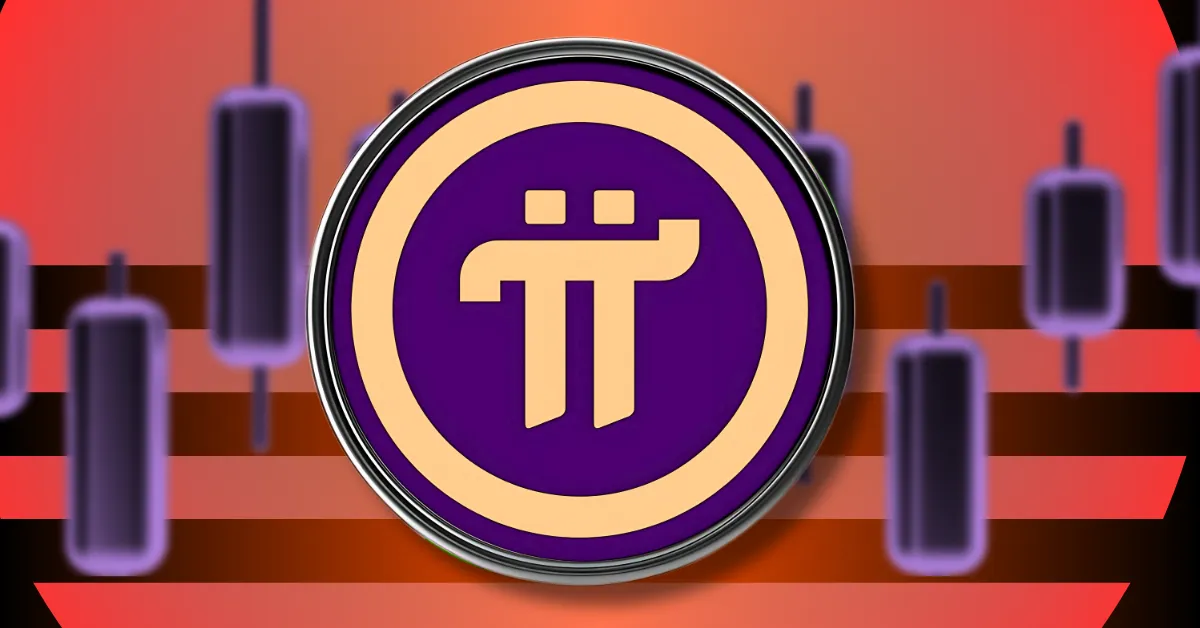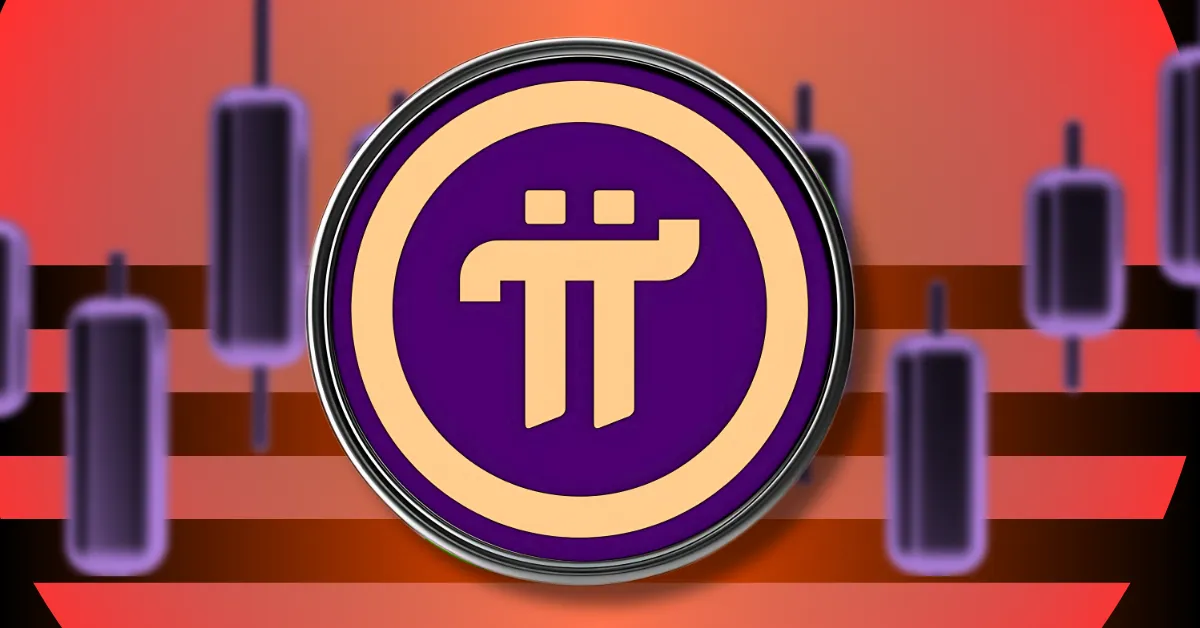The Influence of AI on Pi Network’s Future and Cryptocurrency Landscape
Artificial Intelligence (AI) is reshaping numerous industries, and the cryptocurrency space is no exception. Within the context of Pi Network’s evolution and price trajectory, AI holds transformative potential that could dynamically influence both operational effectiveness and market perceptions.
—
AI’s Role in Enhancing Pi Network’s Ecosystem
The Pi Network aims to transition into a fully functional blockchain with widespread adoption. Here, AI can significantly contribute by optimizing network performance, securing transactions, and enabling smarter decentralized applications (dApps). For example, AI-driven algorithms could facilitate real-time fraud detection, automate governance decisions, or provide personalized user experiences that increase engagement and retention.
Moreover, integrating AI in developer toolkits might accelerate dApp creation, attracting more innovation and a robust developer community. This in turn could boost Pi’s practical utility, nurturing organic demand for PI tokens and potentially supporting price appreciation.
—
AI’s Impact on Market Sentiment and Price Dynamics
Machine learning models increasingly influence trading decisions across crypto markets. AI-powered sentiment analysis tools sift through vast data streams—from social media to news outlets—enabling more precise forecasting of market trends and investor behavior. For Pi Network, which currently exhibits volatility and speculative sentiment, such AI insights could provide traders with clearer signals to navigate price swings.
Also, AI systems executing algorithmic trades might amplify price movements, particularly around key events like token unlocks or mainnet launches. Depending on prevailing narratives and data patterns, this could either magnify rallies or deepen corrections.
—
Potential Risks and Challenges of AI Integration
While AI offers promising advantages, its deployment is not without hurdles. Overreliance on AI-driven trading could increase market volatility if mass algorithmic reactions trigger cascades of buy or sell orders. Furthermore, transparency in AI decision-making, especially within decentralized contexts, remains a concern.
On the network development side, AI tools must align with Pi’s decentralization ethos; centralized AI solutions risk compromising core principles. Ensuring trustworthy, bias-resistant AI models will be vital to maintain community confidence and safeguard ecosystem integrity.
—
Conclusion: AI as a Catalyst and Complexity for Pi Network’s Evolution
AI stands as a double-edged sword in the cryptocurrency arena—offering efficiency gains, innovation pathways, and enhanced analytical capabilities while also introducing new complexity and volatility. For Pi Network, harnessing AI effectively could accelerate ecosystem maturity, bolster token utility, and provide market participants with improved clarity in price movements.
However, this requires careful integration respecting decentralization values and thoughtful management of AI-induced market dynamics. As Pi Network advances through critical junctures like mainnet launch and token unlocks, the interplay with evolving AI technologies will be a significant factor shaping its path forward — potentially tipping the balance between promising growth and unpredictable volatility.












